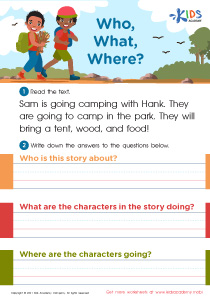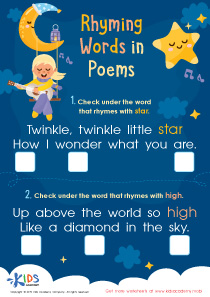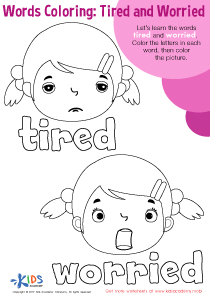Shape Recognition Reading Worksheets for 6-Year-Olds
4 filtered results
-
From - To
Enhance your child's reading and cognitive development with our engaging Shape Recognition Reading Worksheets for 6-Year-Olds. These compelling worksheets seamlessly blend literacy with geometry, helping young learners identify and read basic shapes while boosting their comprehension skills. Interactive exercises and captivating illustrations make learning enjoyable, fostering an early love for reading and mathematics. Designed by educational experts, these worksheets provide a solid foundation for later academic success. Perfect for both classroom use and home practice, our collection aligns with key learning objectives to ensure your child succeeds in recognizing and reading shapes with confidence.
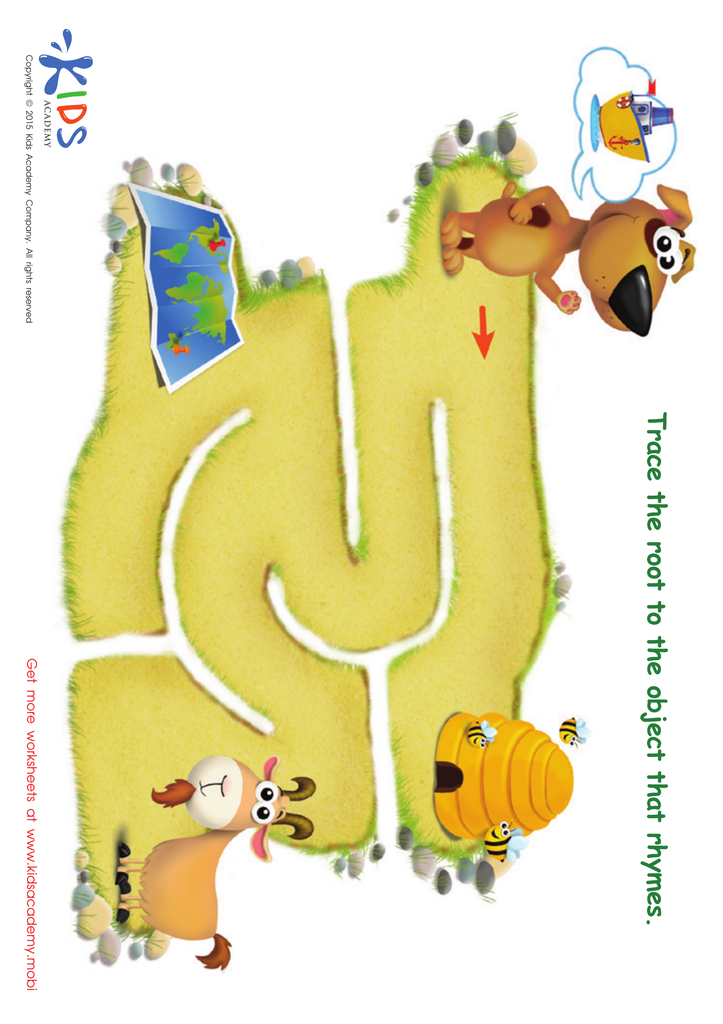

Boat Rhyming Words Worksheet
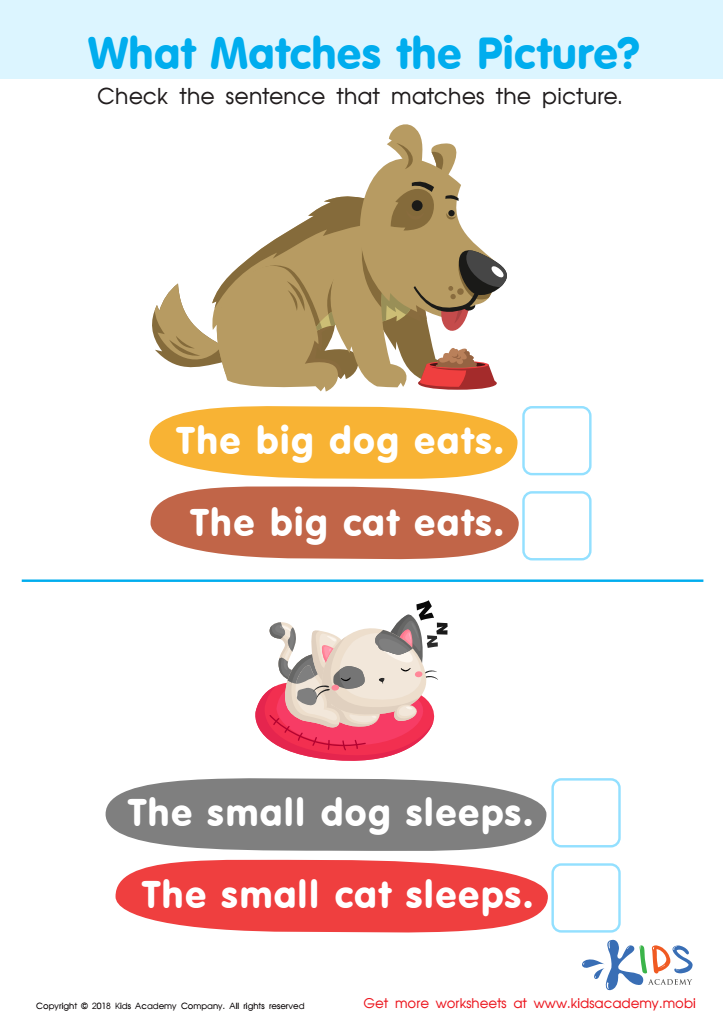

What Matches the Picture? Worksheet
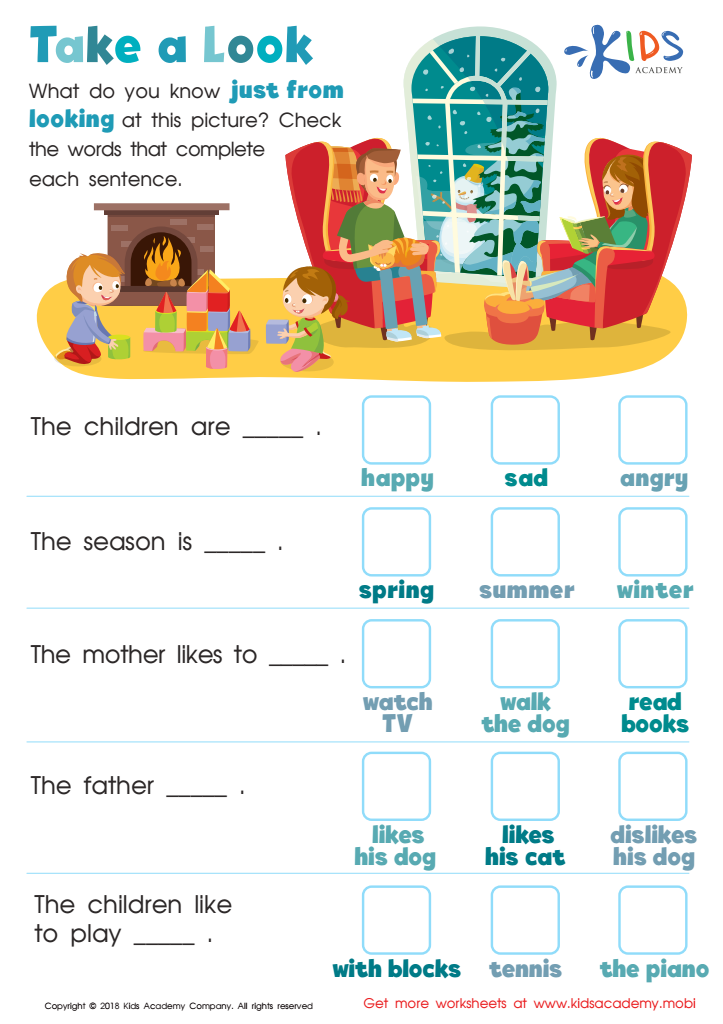

Take a Look - Part 1 Worksheet
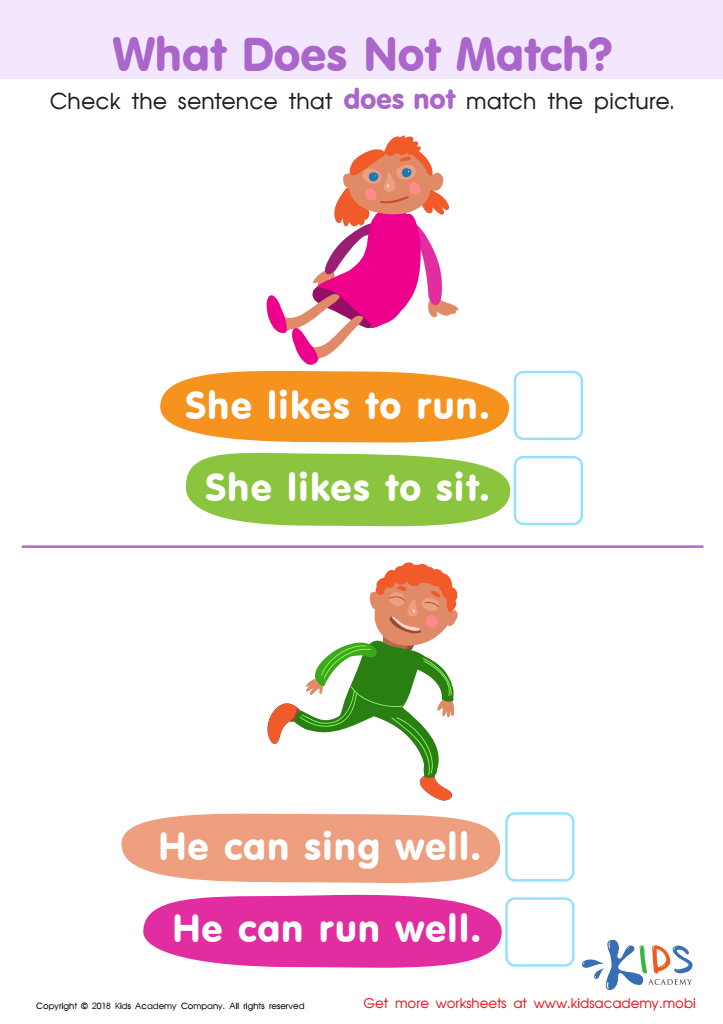

What Does Not Match? Worksheet
Shape recognition is a foundational skill for 6-year-olds that significantly influences their academic and cognitive development. At this age, children are sponges for new information, and recognizing different shapes is an integral part of their learning journey. Shapes are the building blocks of geometry, aiding young learners in understanding the spatial relationships and properties of objects, which are pivotal for more advanced math skills. Because shape recognition enhances visual discrimination, it also bolsters reading and writing abilities. When children distinguish among various shapes, their ability to discern letter forms and numbers improves, facilitating early literacy and numeracy.
Moreover, shape recognition supports cognitive development by improving critical thinking and problem-solving skills. When kids classify shapes, identify patterns, or replicate designs, they sharpen their analytical and spatial reasoning. This skill translates to everyday situations and diverse subjects beyond math, including science and art.
Incorporating shape recognition activities—such as puzzles, drawing, and environment exploration—allows teachers and parents to create a rich, engaging learning experience. By focusing on this skill, adults can ensure that children develop a sturdy educational foundation, fostering confidence and curiosity that will inspire a lifelong love of learning. Overall, prioritizing shape recognition is an investment in a child's holistic development and future academic success.
 Assign to My Students
Assign to My Students
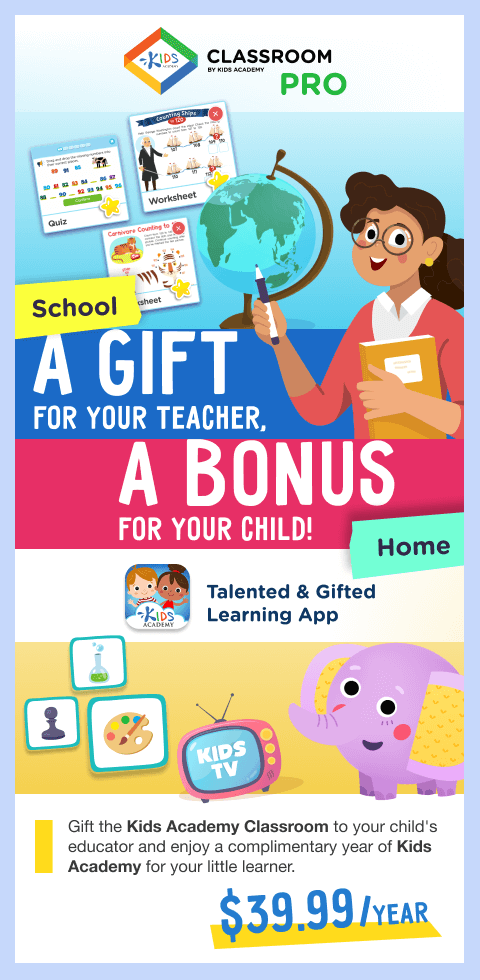






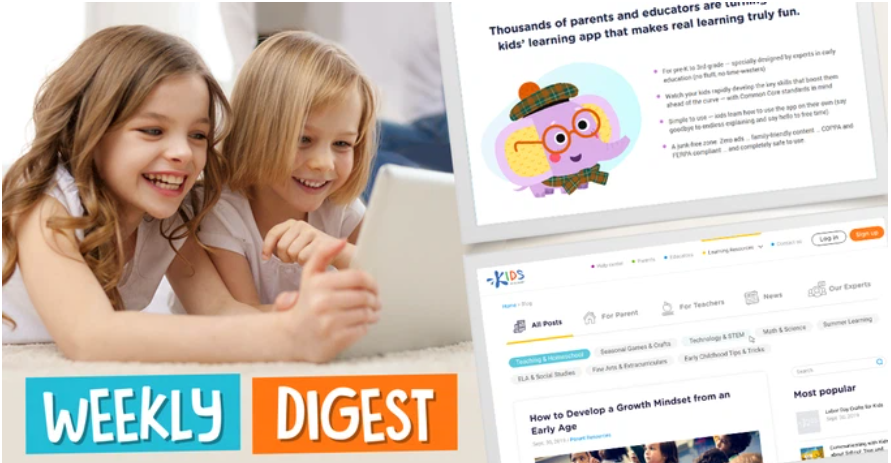
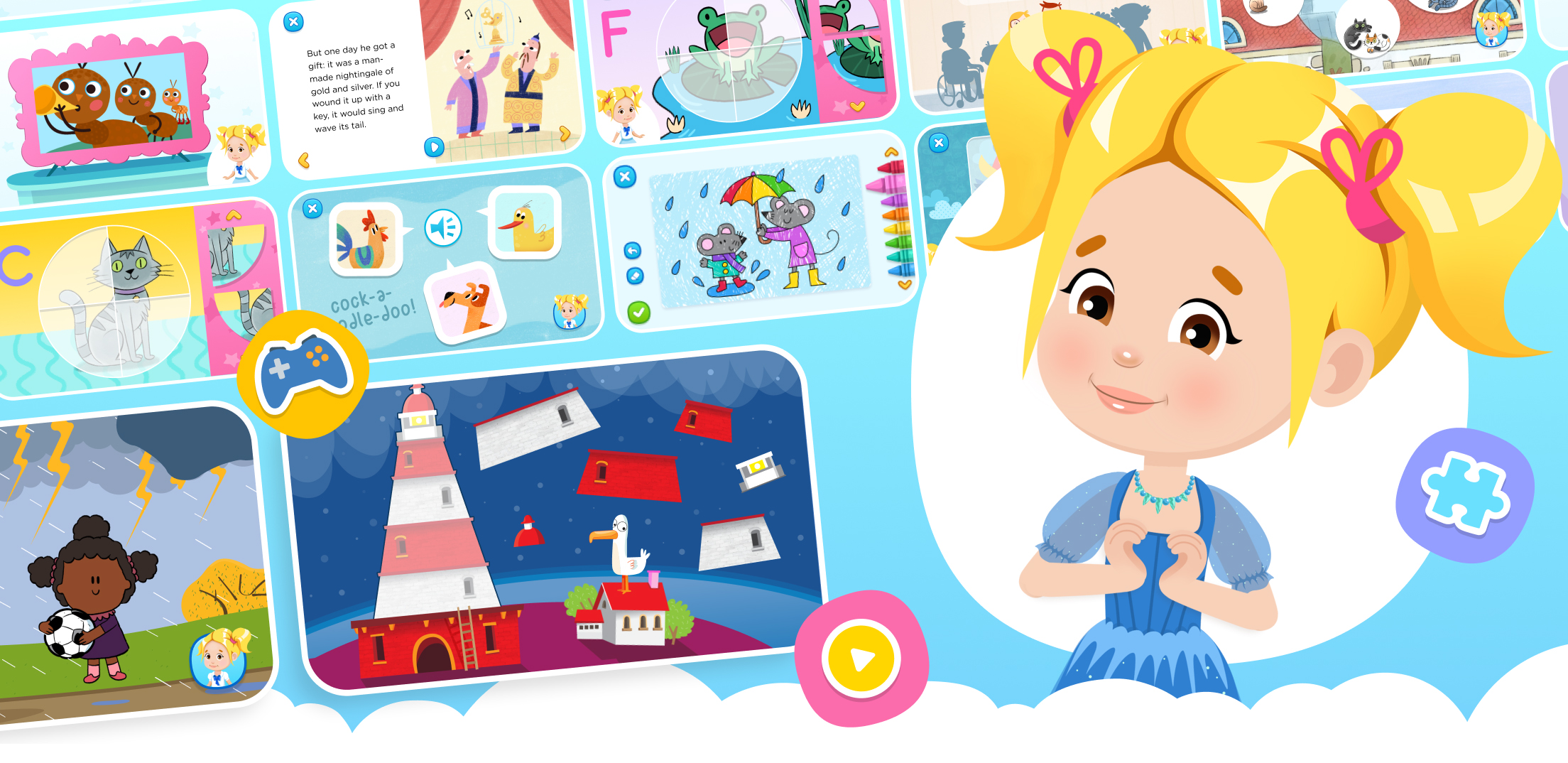
.jpg)

